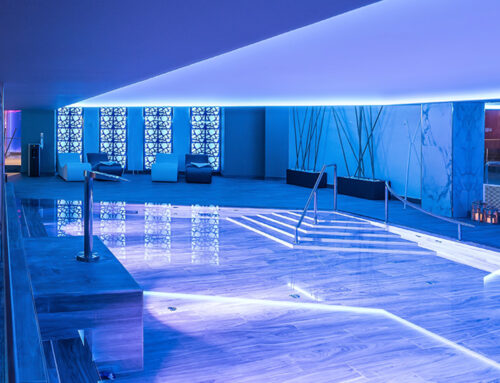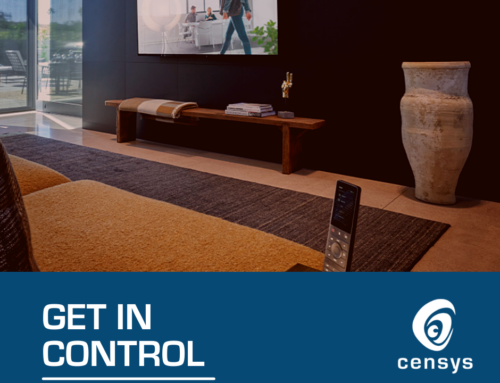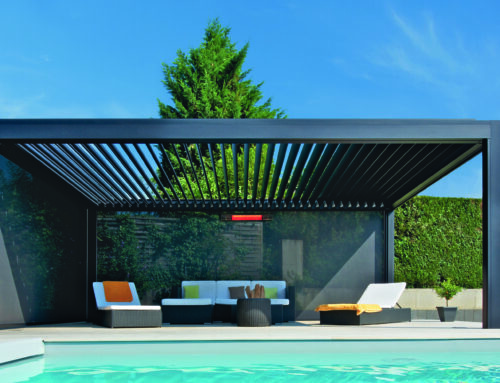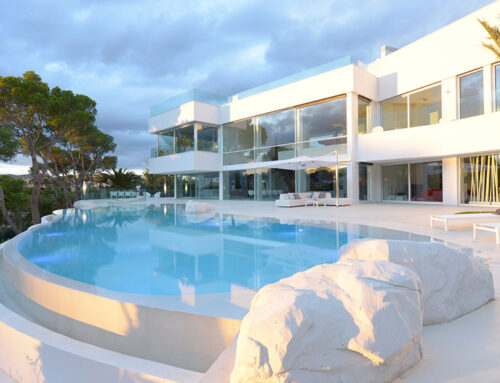At ExpoSiner we’d like to talk about a technology that has ceased from being a far-away future, to become a real trend in the architecture and construction sector: 3D printing.
We focus on absolute personalization and exclusivity of each client at each one of our projects. That’s why our partner and construction specialist Blues Simon Group does not conceive the construction from the industrial point of view that can contribute the 3D printing, but it very closely observes the benefits that 3D printing can contribute at times of manufacturing certain materials or specific pieces.
We show you the 6 main advantages and applications you can get in construction with 3D printing:
Modelling
In the sector, visual representation of your client’s finished project is very important when it comes to closing the sale. Infographics and models made with less or higher quality to show the final result to the buyers has been surpassed by 3D printing. Being able to offer finishes and levels of details never seen before, 3D printing certainly favors the processes of sale.

Delivery Time
While building, one of the main concerns of the companies is the reduction the delivery times, because this increases the efficiency of each project. Thanks to the versatility of this 3D-technology, the delivery times of the projects are more easily fulfilled. Why? The elimination of unforeseen things that are, at the end of the day, those that block established the deadlines.
Cost Reduction
The companies that manufacture materials, structures and components that use 3D printing can sell their products and services at a lower price. As for the production costs of the materials, we see that the unit cost of a 3D-printed item may be identical to if they were created in a chain. The key is in all the associated conditions, such as logistics. The fact of being able to manufacture the materials in one place, extraordinarily lowers the costs of transport.
Dynamism
Another advantage that this type of printing gives you is the great dynamism and capacity to adapt to all the peculiarities and characteristics of the client’s project. In other words, any complex design for the client’s home or plot can be overcome with this technology, which could never be solved with traditional manufacturing.
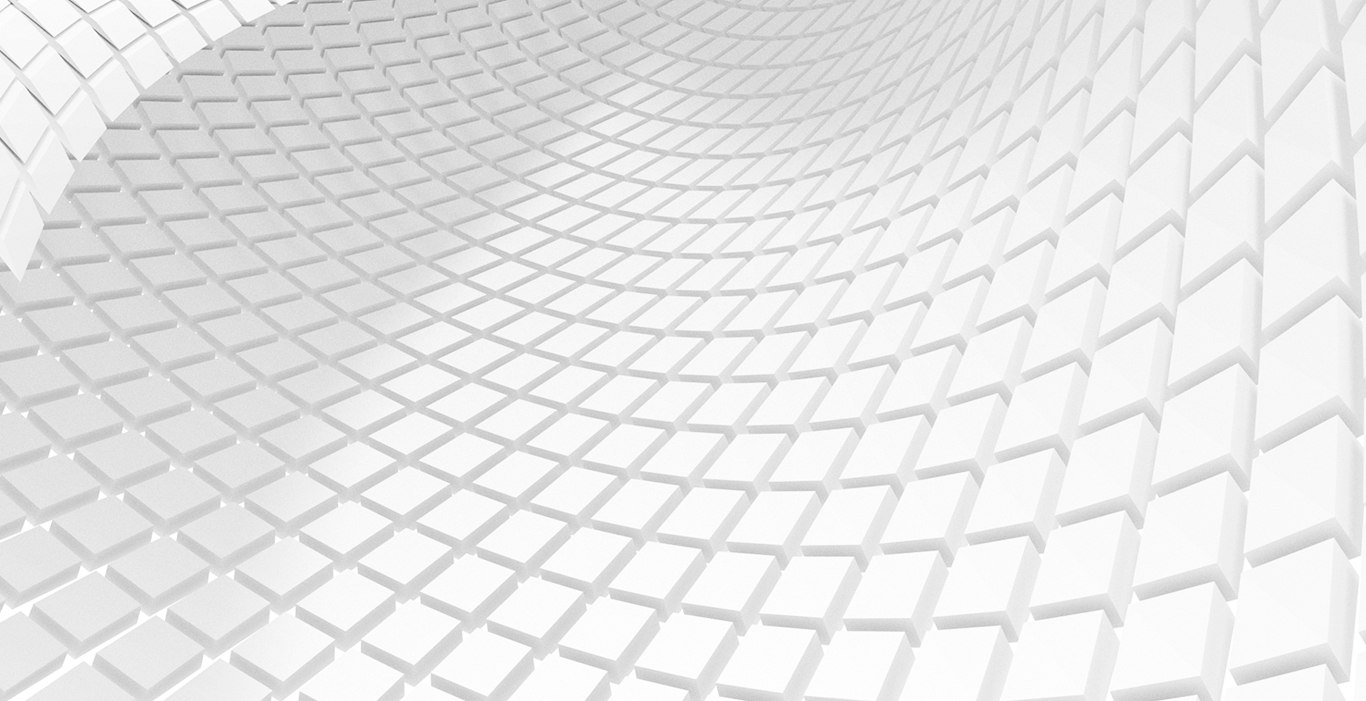
Design
The limit in this aspect marks the creativity of the architect or the client’s dream. New forms or innovative structures can be devised and can be modified quickly and immediately.
Sustainability
The last advantage that 3D printing brings to architecture and construction has to do with energy efficiency. The materials and shapes achieved can offer the customer the possibility to take advantage of the energy that their home receives, to maximize their performance. Furthermore, in this type of printing CO2 emission is reduced drastically.
University studies, such as Michigan Technological University ,demonstrate after analyzing the life cycle of 3D printing from an economic perspective, that the energy expenditure required to print a 3D material is lower than in traditional manufacturing, something that could still be optimised even more considering that 3D printers that work with solar energy already exist.




